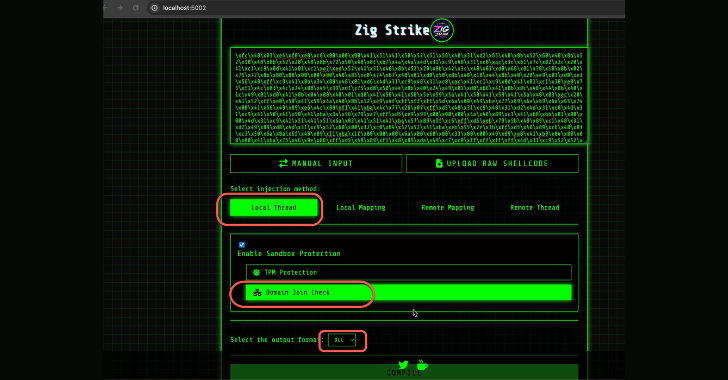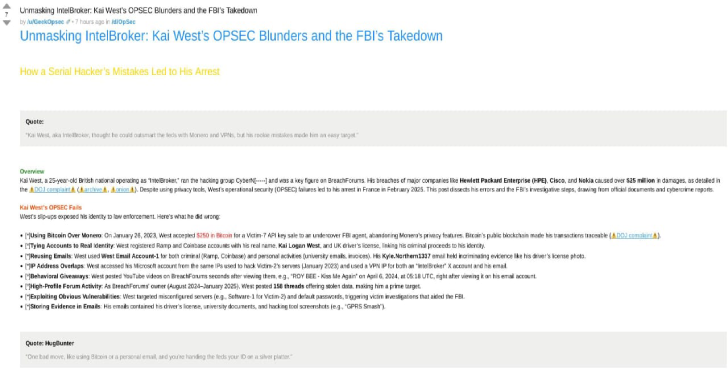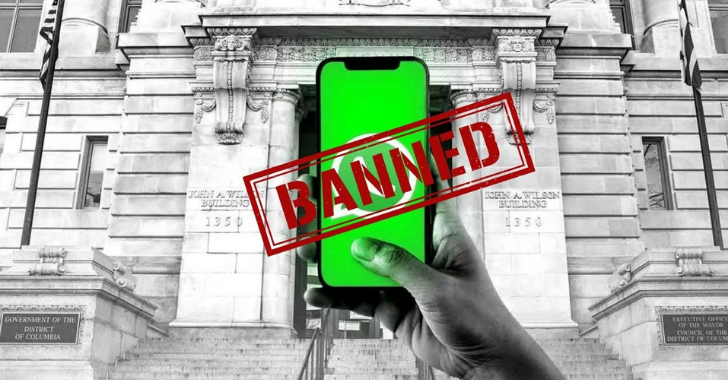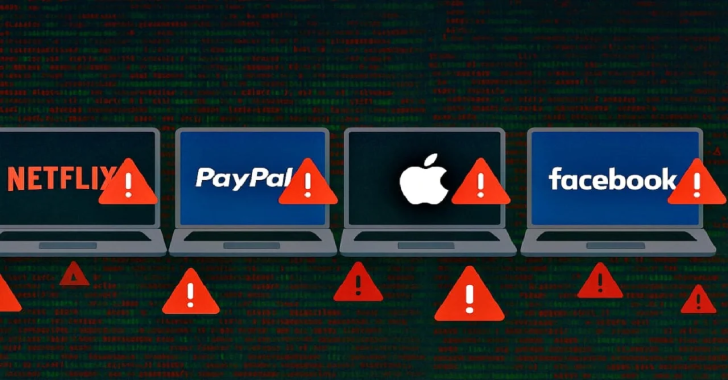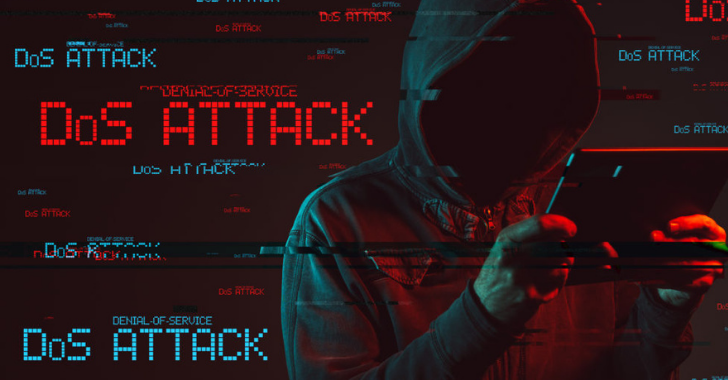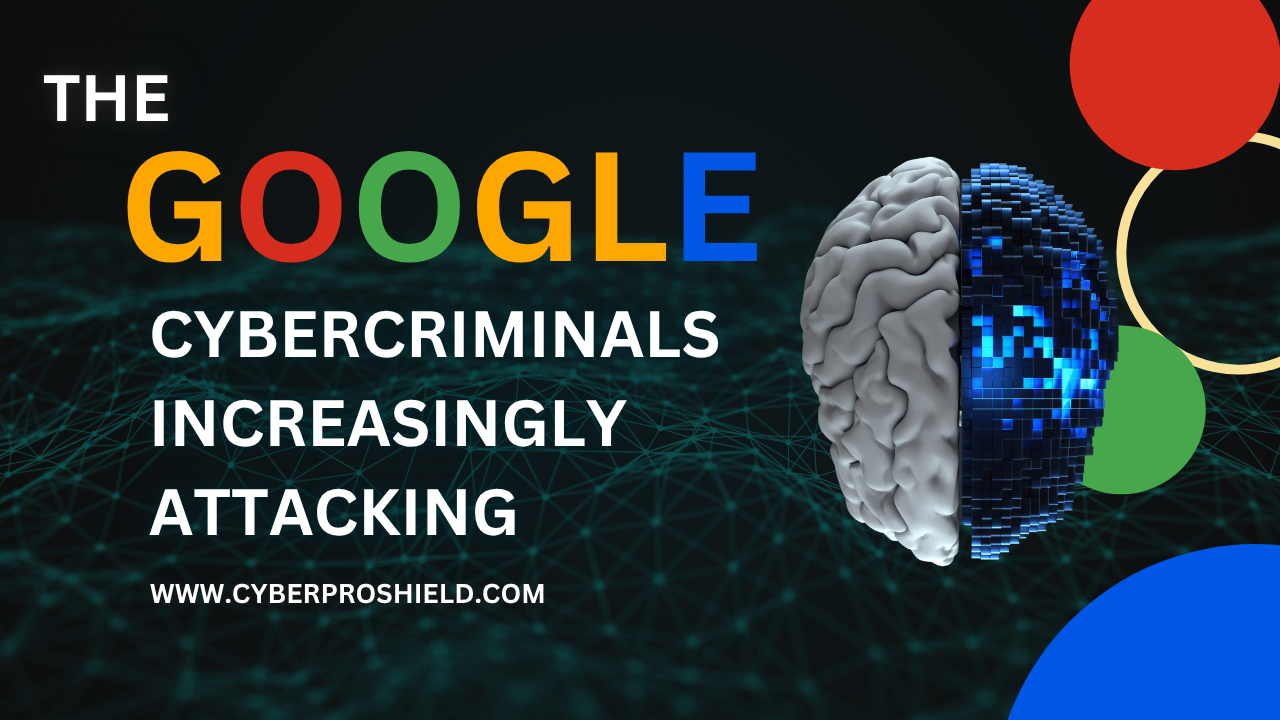Introduction to AI in Cybersecurity
Cybersecurity isn’t what it used to be. Today’s digital threats are faster, smarter, and sneakier. Traditional tools? They’re falling behind. Enter AI in cybersecurity—a powerful ally in the fight against ever-evolving cyberattacks.
What is AI in Cybersecurity?
AI in cybersecurity refers to using machine intelligence to detect, prevent, and respond to digital threats. It’s like giving your security system a brain that learns, thinks, and adapts.
The Rise of Cyber Threats and the Need for Smarter Defense
Hackers aren’t just script kiddies anymore. We’re dealing with nation-state attacks, ransomware-as-a-service, and AI-powered malware. Manual monitoring is no longer enough—AI tools help security teams stay a step ahead.
Benefits of Using AI in Cybersecurity
Real-Time Threat Detection
AI systems can analyze millions of data points in real-time. They flag suspicious activity before it becomes a full-blown breach. No coffee breaks, no fatigue—just relentless vigilance.
Predictive Analytics and Proactive Defense
Why wait for an attack when you can predict one? AI tools use past data to forecast future threats, helping you close gaps before they’re exploited.
Faster Incident Response
AI reduces the “mean time to detect” and “mean time to respond” significantly. Think minutes instead of hours—or even days.
Reduced Human Error
Most breaches involve human error. AI doesn’t forget to install patches or click on shady links. It helps eliminate those costly slip-ups.
Core Technologies Behind AI Cybersecurity Tools
Machine Learning (ML)
ML is the engine of AI cybersecurity. It learns from historical data to identify patterns and anomalies.
Supervised vs. Unsupervised Learning
- Supervised: Trained on labeled attack data.
- Unsupervised: Finds threats without needing predefined attack signatures.
Natural Language Processing (NLP)
NLP helps detect phishing, scam emails, and social engineering by analyzing language patterns and intent.
Neural Networks and Deep Learning
These mimic the human brain and excel at complex tasks like malware classification and threat correlation.
Behavioral Analytics
AI learns what “normal” looks like. When behavior deviates, like a user downloading huge files at 3 AM, it raises the alarm.
Top AI Cybersecurity Tools in 2025
Darktrace
An industry leader using self-learning AI to detect and neutralize threats in real-time.
Key Features and Use Cases
- Autonomous response
- Behavioral analysis
- Suitable for cloud, network, and IoT security
CrowdStrike Falcon
Cloud-native endpoint protection platform using AI-powered threat intelligence.
IBM QRadar with Watson
Combines SIEM with Watson’s cognitive computing to help analysts understand and respond faster.
SentinelOne Singularity
Uses AI to prevent, detect, and respond to threats across endpoints, containers, and cloud workloads.
Vectra AI
Specializes in threat detection and response using AI in hybrid and multi-cloud environments.
Microsoft Defender for Endpoint (AI-enhanced)
Built into Windows, it leverages machine learning and behavioral analysis to protect millions of users.
How AI Detects Threats
Anomaly Detection
AI tools learn normal network behavior. When something’s off, they sound the alarm.
Malware Detection and Classification
AI doesn’t rely on outdated signature databases. It detects zero-day malware by understanding its behavior.
Insider Threat Detection
Disgruntled employee leaking data? AI monitors internal activity and flags unusual access or movement.
Phishing Detection Using NLP
Phishing emails can fool humans. AI uses NLP to read between the lines—literally.
Challenges in AI Cybersecurity
False Positives and Over-Alerting
AI can sometimes cry wolf, flooding teams with alerts. Fine-tuning is essential.
Adversarial AI Attacks
Hackers are now crafting attacks specifically to trick AI models. It’s a cat-and-mouse game.
Data Privacy and Ethical Issues
AI needs lots of data. But that raises privacy concerns, especially when analyzing personal or sensitive information.
Use Cases and Applications
Enterprise Networks
AI tools monitor massive networks for internal and external threats without breaking a sweat.
Cloud Security
AI adapts to dynamic cloud environments, identifying misconfigurations and unauthorized access.
Financial Sector
Banks use AI to detect fraud patterns, unusual transactions, and insider threats.
Healthcare and IoT Security
AI protects vulnerable systems in critical environments, from medical records to smart devices.
The Future of AI in Cybersecurity
Autonomous Threat Hunting
AI is moving beyond alerts—it’s now investigating and mitigating threats on its own.
Integration with Zero Trust Models
Zero Trust means trust nothing, verify everything. AI adds automation and context to this security framework.
AI-Augmented SOC Teams
Security Operations Centers are evolving. AI takes care of the noise, allowing humans to focus on strategic defense.
Conclusion
AI cybersecurity tools are not just fancy add-ons—they’re becoming core components of modern defense strategies. With the right implementation, these tools help organizations detect threats faster, respond smarter, and stay resilient against evolving cyber dangers. As threats grow more complex, AI will be the shield that adapts, learns, and protects in real-time.
FAQs
Can AI completely replace human cybersecurity experts?
Not entirely. AI augments human efforts by handling repetitive tasks, but human judgment is still essential.
Are AI cybersecurity tools expensive?
Some are enterprise-grade and pricey, but there are affordable and even open-source options for small businesses.
Is AI effective against zero-day threats?
Yes, especially tools that rely on behavioral analysis rather than signature-based detection.
What’s the main limitation of AI in cybersecurity?
High false positives and the need for quality training data can limit effectiveness without proper tuning.
How can I start integrating AI into my cybersecurity strategy?
Begin with tools that offer AI-based threat detection and integrate them with your existing security infrastructure.




